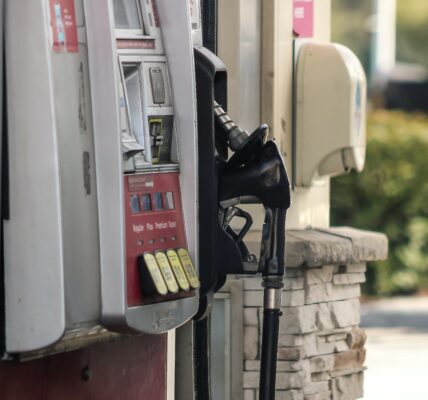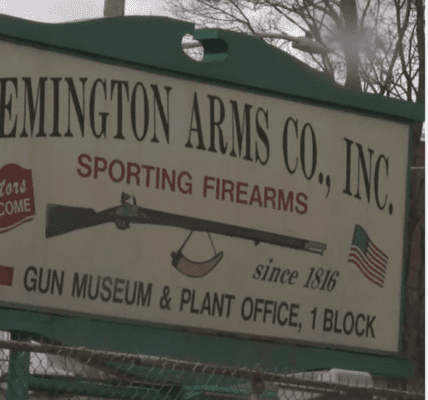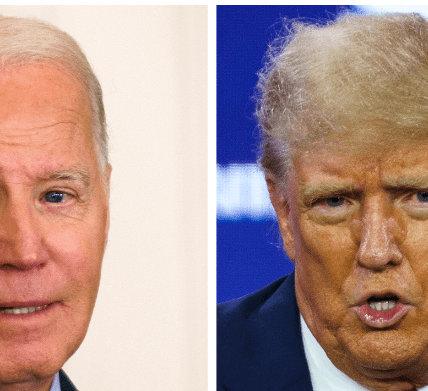Wildlife Conservation in Crisis: Madison County’s Struggle for Adequate Wildlife Rehabilitation
An Injured Hawk Unveils Gaps in Rehabilitation Services and Ignites Community Dialogues
In the heart of Madison County, Alabama, the picturesque Keel Mountain Preserve serves as a sanctuary for both nature enthusiasts and local wildlife. However, a recent encounter between Anita Reck and an injured red-tailed hawk has shed light on the region’s limited resources for wildlife rehabilitation. As discussions unfold within the online community, it becomes evident that Madison County faces a pressing need for expanded wildlife rehabilitation services to safeguard its diverse fauna effectively.
Anita Reck’s narrative, shared in the ‘What’s Happening in Huntsville?’ group, tells the story of a concerned hiker who came across an injured red-tailed hawk while exploring the trails of Keel Mountain Preserve. Anita’s observations indicated a potential injury to the hawk’s right wing, prompting her to document the encounter through photographs. The difficulty of assisting the hawk further, given the presence of her dog, compelled Anita to leave the scene temporarily.
Upon her return, Anita faced the challenge of relocating the injured hawk. Her genuine concern for the animal’s welfare led to a post seeking guidance and assistance within the online community, eventually triggering a broader conversation about the state of wildlife rehabilitation in Madison County.

Wildlife Rehabilitation: A Scarce Resource
Anita Reck’s post initiated a dialogue that resonated with the community, revealing a shared concern for the welfare of injured wildlife in the region. The ensuing comments illuminated the scarcity of wildlife rehabilitation options in North Alabama, particularly for birds.
Sarah Meadows underscored the absence of dedicated wildlife rehabbers in the area, emphasizing the need for resources to address the plight of birds. Cooper Hughes, commenting on the state’s denial of rehabber licenses to veterinarians, highlighted the challenges faced by those seeking to contribute to wildlife rehabilitation efforts.
The conversation also unveiled a grim reality – the diminishing availability of resources and support for wildlife-related initiatives in the state. Legal restrictions and a lack of licensed facilities capable of accepting birds exacerbate the difficulties faced by individuals attempting to aid injured wildlife.
Legal Complexities and Community Response

The online discussion illuminated the legal complexities surrounding wildlife rehabilitation. Suggestions to contact local veterinarians, such as Dr. Muller at Animal Care Clinic, prompted debates on the legality of such interventions. Kim Sullivan emphasized the importance of permits for vets to treat raptors, illustrating the regulatory hurdles that well-intentioned individuals might encounter.
Chase Bowman, the property owner at Keel Mountain Preserve, provided crucial insights by revealing that no rehab facilities in the state were currently accepting birds. This disclosure unveiled a significant gap in the state’s capacity to provide timely and effective wildlife rehabilitation services.
Suggestions for alternative facilities, like Grant Animal Clinic and the nonprofit Rise Raptor Project Inc., encountered obstacles. The unavailability of veterinarians and legal constraints showcased the multifaceted challenges faced by those attempting to assist injured wildlife. Chase Bowman’s comment about the closure of the Auburn raptor center due to avian flu further emphasized the statewide nature of the problem.
The frustrations expressed in the online dialogue serve as a poignant reminder of the collective desire within the community to bridge the existing gaps in wildlife rehabilitation.
Despite the challenges, the online discussion demonstrated the community’s proactive engagement and collective concern for the well-being of local wildlife. Suggestions, inquiries, and shared experiences underscored the community’s readiness to address these challenges collaboratively.
Reader Engagement
1. Awareness and Impact:
- Awareness of Rehabilitation Gaps: Were you aware of the limited availability of wildlife rehabbers in Madison County and Alabama? How does this information impact your perception of the region’s conservation efforts?
2. Personal Encounters:
- Wildlife Encounters: Have you ever come across wildlife in need of rehabilitation? Share your experiences and any actions you took or wished you could have taken.
3. Community Responsibility:
- Community Action: What role do you think the community plays in addressing the challenges faced by injured wildlife? How can individuals contribute to creating a more robust wildlife rehabilitation network?
Madison County’s struggle for adequate wildlife rehabilitation services comes to the forefront through the lens of an injured red-tailed hawk. Anita Reck’s online post has ignited a crucial dialogue within the community, revealing not just the immediate need for resources but also the legal and regulatory complexities surrounding wildlife rehabilitation.
Read More:
- Taylor Swift Under Siege: The Dark Side of AI Exploitation in Social Media
- Unprecedented Resilience: US Job Market Surges in January Defying Economic Expectations
As Madison County grapples with these challenges, the community’s engagement in this discourse signifies a collective commitment to preserving the region’s rich biodiversity. The road ahead may involve advocacy, collaboration with authorities, and a concerted effort to create a more comprehensive and accessible network for wildlife rehabilitation. In the face of these challenges, the resilience of Madison County’s community may well prove to be the catalyst for positive change in the realm of wildlife conservation.




